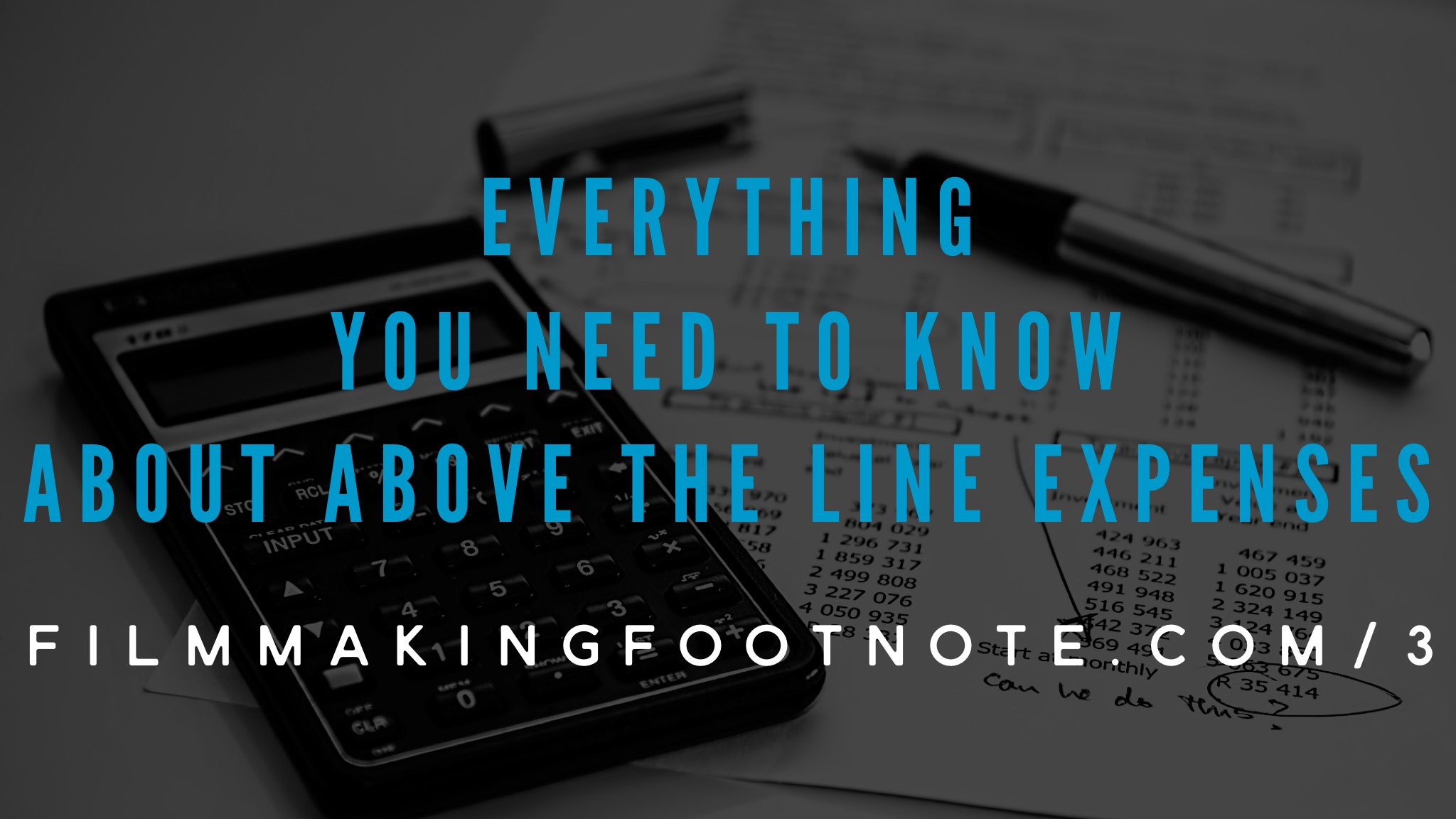PODCAST EPISODE TRANSCRIPT
Michael Hall:
From ShoHawk Media, this is Filmmaking Footnote, with your host Michael Hall, you’re listening to episode three. This is the show where we give you the best filmmaking and production information so, you can make the best project possible. Without having to spend a bunch of time or money at film school. Let’s do it.
This is your host Michael Hall, thank you so much for joining me for our third installment of the podcast. I am very very excited to have you here and today we are jumping into some financial information, which I’m sure some of you are your eyes are starting glaze over your ears are starting glaze over.
I swear this is actually pretty pretty interesting stuff. I am biased I will say that I actually spent all day wrapping out a couple jobs so I’ve been staring at budgets all day.
So this is actually the perfect time for me to talk about this stuff. And I actually also have a background in accounting my dad my Dad is a CPA. So I grew up my my summer job was entering QuickBooks for him. So you know I have a little bit of a of a soft spot for accounting and budgets.
But, I swear I will make this really interesting and keep you engaged. So above the line expenses, a lot of the time when people are talking about films or even if you’re at a creative agency, I used to work at an ad agency in town, and people would throw around the term above the line a lot. And what above the line really means when you’re looking at a budget from a financial point of view, above the line is is talking about the big expenses you need to have in place when making a film.
So when you’re really looking at a budget you’re looking at line items that you absolutely need to make the film possible.
So you’re looking at cost like you’re looking at sunk costs like the cast so all the actors involved all of the talent and usually they’re talking about the leads so say you have Brad Pitt in your film he his his sunk cost into the film by getting him on board is above the line you’re talking about the director the story any anything that really needs to be in place before principal photography begins. So those are the things up at the very very top that you absolutely need to have in place before before you can actually start pre-production.
When you talk about below the line, those are expenditures like vans and props and and it does extend to two more crew members as well so grips, lighting, gaffers even the cinematographer is a below-the-line expense because his involvement is not instrumental to the film being produced.
So, a quick rundown of what you’re looking at when you are looking at a budget and looking at above the line expenses, you’re looking at the producer you’re looking at the story rights you’re looking at the writer the screenplay development you’re looking at the director and the principal cast.
So those are the people who who you would consider the crew members to be above the line so above the line talent is always referring to the list of people who guide and influence the creative direction of the film. These are the people who are involved early in the process to give to give the film a complete creative direction before everyone else starts getting involved so typically there aren’t a lot of above the line expenses. But those line items can add up really fast.
So, say for example you have a couple stars in your film and you have an a-list director those two those three or four line items all put together can get really really expensive really quickly. And a lot of the time that can those above the line expenses can can be the bulk of your film’s budget or at least a hefty portion of your film’s budget most importantly above the line expenses and costs are fixed so once you sign a certain actor or director you’re stuck with the cost of that person for the duration of the film. Whereas below the line expenses are a little more flexible and interchangeable.
So the term above and below the line come from old timey Hollywood when budgets would actually have a literal line drawn between above and below the cost associated with above and below the line. These days that doesn’t exist but the term has now stuck around so we’re just kind of stuck with it if you would like to see some actual examples of what above the line costs look like for really big Hollywood films.
We have a couple examples back on on the website go to filmmaking FilmmakingFootnote.com/3 and you can sign up for our newsletter there where we will send you a couple examples of what above the line costs look like from a Hollywood perspective. Thanks so much for listening today I will see you tomorrow when we cover the Academy of Motion Picture Arts and Sciences.
See you tomorrow!
Right click here and save as to download this episode to your computer.

Leave a Reply